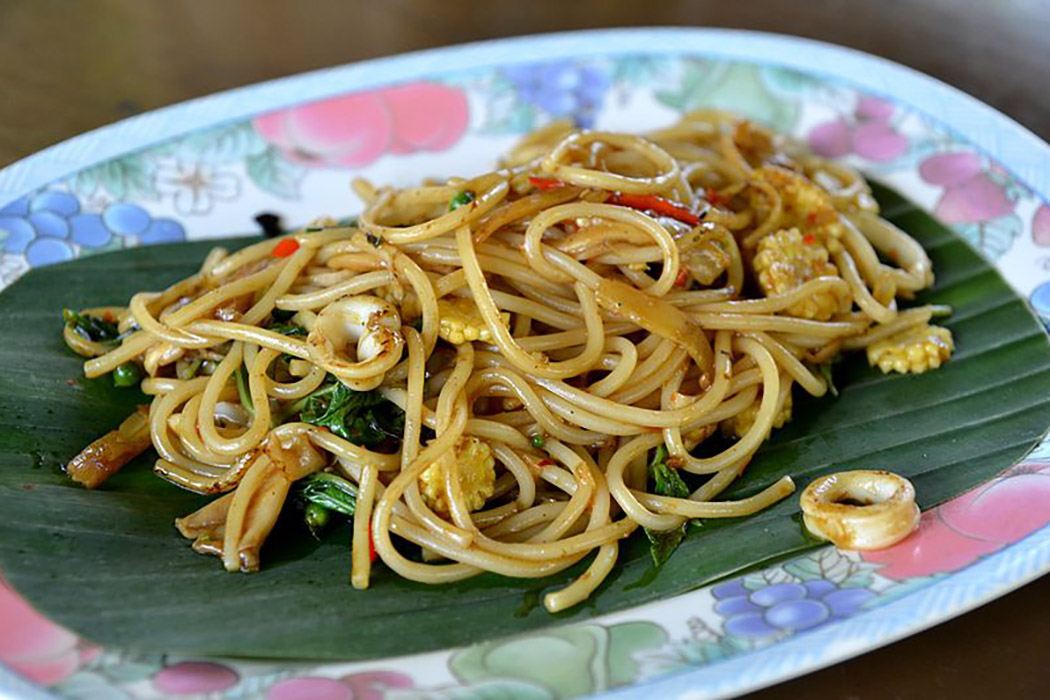Availability, economics, travel, and even war can have profound effects on what people eat. And yet there’s just no substitute for the flavors of home…which has led to some fascinating and delicious food fusions.
In 1897 when Chulalalongkorn, the King of Thailand, made his first trip to Europe he made a point to sample the various foods that Europe had to offer. He fell in love with French food, and for a while French cuisine was very popular among the Thai elite. Even English fare, such as savory English puddings, became popular during this time as well. However, the one famous European cuisine that the king just couldn’t get a taste for was Italian. He found the cuisine to be “too greasy” and containing to much garlic for his tastes. Thai cuisine at the time was made up of lighter fare, such as rice and fish, which made the heavy sauces and olive oil used in many Italian dishes unpalatable to the Thai.
The only Italian staple that King Chulalalongkorn found worthy of recording in his Western cookbook was macaroni. Perhaps this was because the concept of pasta was already known in Thailand, which had incorporated noodle dishes into their cuisine hundreds of years before, most likely due to Chinese influence. Even so, Thai noodles to this day are usually made of rice flour, rather than the heavier wheat flour that is common in Italian pastas.
This all changed in the 1960s. The outbreak of the Vietnam war brought a new and influential group of foreigners to Thailand…Americans, and with them came all of the Italian (or at least Italian-American) foods that Americans still love. The first pizza shops in Bangkok were targeted towards American soldiers stationed there and while many of them closed immediately after the war ended, a few stayed open in order to cater to tourists and American marines. It wasn’t until the economic growth of the 1970s that the Thai themselves started experimenting with the cuisine and “demand for imported Italian foods … increased so rapidly that occasionally there are shortages.”
By the 1990s interesting Thai-Italian fusions were becoming commonplace. New types of pizza such as khi mao kai, pizza topped with holy basil, stir-fry chicken, and spicy chilies, was introduced in 1990, by local franchises. Tom yam kung, a hot and sour prawn soup, is another favorite that is often used as a topping for pizza in Thailand. To the horror of many Italian chefs and visitors, Thai diners prefer ketchup on their pizza, as opposed to a more traditional tomato sauce. Even Thailand’s favorite pasta, macaroni, got a makeover and is now generally served with ketchup, onions and either shrimp or chicken instead of cheese. Interestingly, the pasta dish most associated with Thailand, Pad Thai, was apparently not introduced to the country until the 1930s and is most likely Chinese in origin, rather than Thai or Italian.
While many Thai who live or study abroad return home with a taste for Western food, many more still find traditional Italian to be heavy and unpalatable, proving that even in this age of culinary innovation and fusion, sometimes there’s no place like home.







